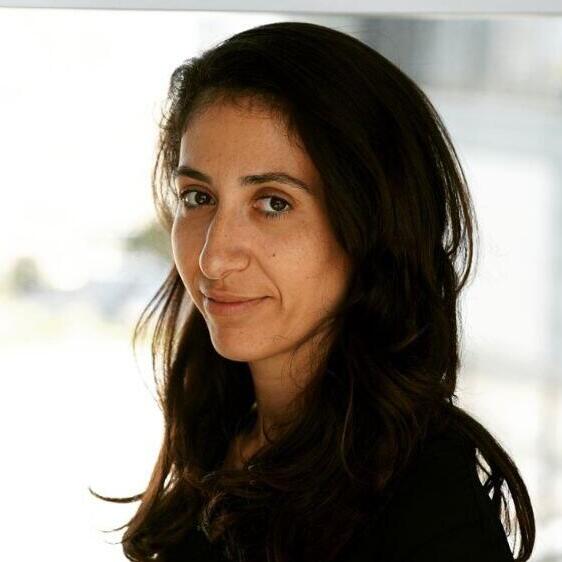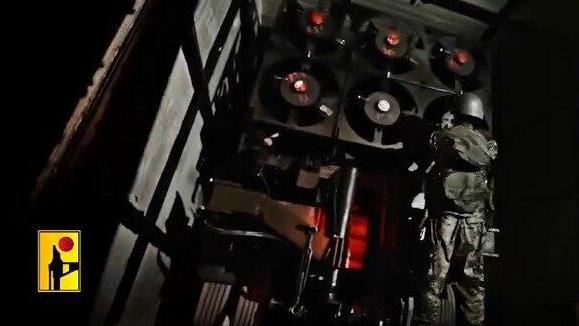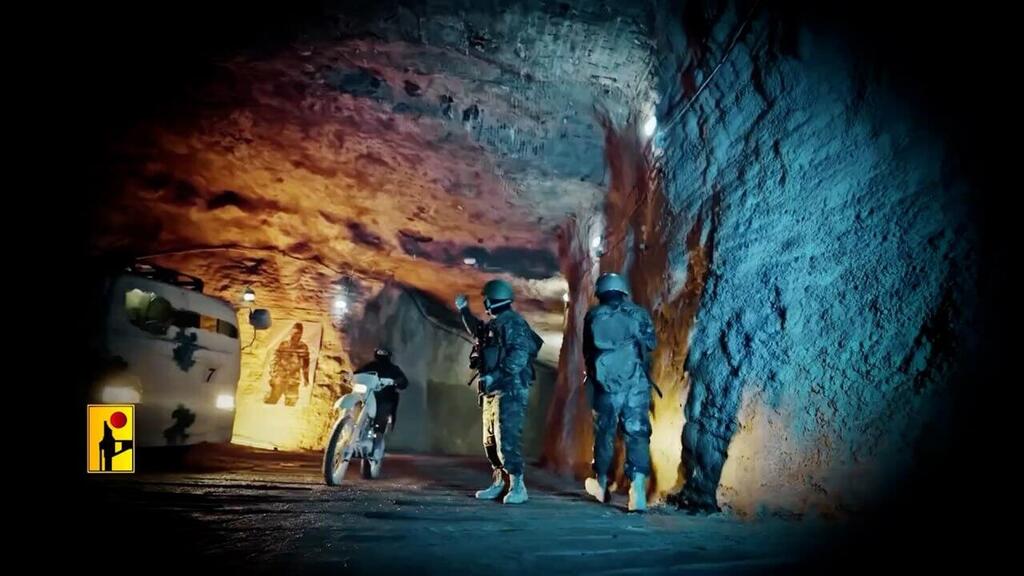Damage caused by rocket in Kiryat Bialik
(Video: Gil Nechushtan)
Hezbollah launched a series of rocket barrages into northern Israel, causing significant damage to residential and agricultural areas in Kiryat Bialik, Beit She'arim in the Jezreel Valley and Moshav Moreshet in the Misgav Regional Council in the Galilee.
Hezbollah claimed it had targeted the Ramat David Air Base and a Rafael Advanced Defense Systems facility in Haifa Bay in what it described as an "initial response" to last week's attacks involving pagers and walkie-talkies.
The group said it used new long-range Fadi-1 and Fadi-2 rockets, along with Katyusha rockets. The Beirut-based Al Mayadeen news channel reported that the Fadi-1 rocket has a 220 mm caliber and an 80-kilometer (37-mile) range, while the Fadi-2 has a 302 mm caliber and a 105-kilometer (65-mile) range.
According to sources quoted by Al Mayadeen, "this is the first time these rockets have been used since October 8," when fighting on the northern front began. The sources said that in this attack, Hezbollah did not use precision-guided missiles. The rockets originated from one of the group's underground Imad facilities used for storing precision missiles and heavy rockets, which were reportedly unaffected by Israeli attacks.
A recently released Hezbollah video showed missile launch platforms emerging from underground and identified one of the facilities as "Imad 4," which may have been used to store the Fadi rockets. The video, shared by Al Mayadeen, highlighted the secrecy and protection surrounding the facility, which is located deep underground and far from hostile intelligence capabilities.
Following the rocket attacks, Hezbollah issued a statement describing the barrages as a response to the pager and walkie-talkie incidents, but did not mention the assassination of Ibrahim Aqil, head of Hezbollah's operations unit, or other commanders from the Radwan force.
Early Sunday, around 6:30 a.m., the IDF reported 85 rockets were fired within a half hour, hitting communities from Kiryat Bialik to the Jezreel Valley, causing extensive damage and injuring several people. In total, over 115 rockets have been fired from Lebanon since midnight.
A rocket struck a two-story residential building and several cars in Kiryat Bialik in one of the attacks, causing extensive damage. Three people were injured from shrapnel in the attack—a man in his seventies who was moderately wounded and another two who sustained light injuries, including a 16-year-old girl. Several others suffered from shock.
Rocket fragments were found in Tsur Shalom and Moreshet, where a house yard was also hit.
In response, the IDF launched a new wave of strikes on Hezbollah targets in Lebanon.
Home Front Command updated its guidelines beginning at 6:00 a.m., canceling classes from Haifa to the northern border.
Meanwhile, alarms were sounded in communities east of the Sea of Galilee. A fire broke out near Moshav Ramot in the southern Golan Heights following a rocket strike, and one person was treated for shock. In the Arava region in southern Israel, an alarm was triggered by a suspected infiltrating drone which was intercepted before crossing into Israeli territory.







